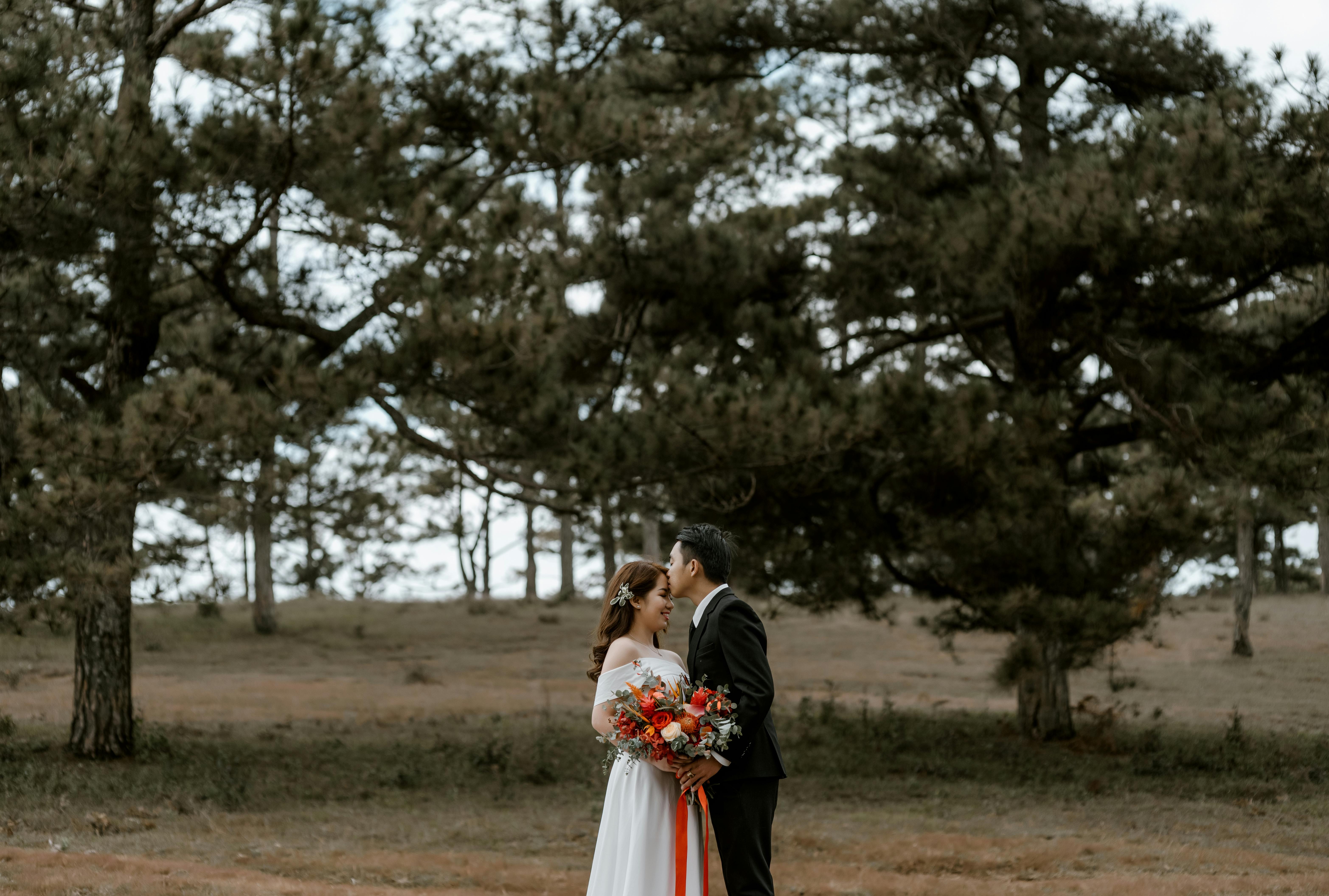The bag skate can take many effective and creative forms, but basically the players skate to the point of exhaustion, vomiting or submission, whichever comes first. Some may argue that exercise should not be used as a punishment for athletes and I am not looking to discuss the philosophy of training in this article. Personally, I think we can build a better bag skate and make it a little more productive while still attracting the attention of hockey players.
Imagine your players after 20 minutes of bag skating. Do they seem like the type of player you would like to have on the ice during a game? Probably not – their hips are bent forward, their knees slightly bent, their strides are short and weak – it’s just a mess! Now imagine your athletes 20 minutes in a skating bag with their legs still low and taking powerful strides. The key is to give them rest! Don’t think I’m crazy, I know the goal is to exhaust and torture your players. Stay with me a little longer.
What’s more difficult to skate slowly, without bending your knees, light steps, or low-power skating? Once an athlete reaches a certain point (lactate threshold), physiologically they cannot continue working above that level for more than 60 seconds. Even if the athlete wants to go fast, his body cannot meet the demand for energy production. So here’s what you can do: torture the legs for 30-45 seconds and then torture the arms and core for 60-90 seconds; repeat until you get the desired effect. Here are some sample workouts:
Best bag skate # 1
o Blue line to blue line for 45 seconds
o 45-second push-ups
o Center plank from 45s push up position (has athletes activate their core muscles while gasping for breath; a great game-specific core activation plus it’s working shoulder stabilizers that will help prevent injury along the way)
Best bag skate # 2
o Partner’s side boards for 90 seconds (one partner runs from one board to another while the other rests and then the next one goes)
o Stabilization of partner’s core for 45-60 seconds: partners face each other and both hold the same hockey stick at approximately chest height. One player will try to hold the hockey stick using the core muscles to stabilize himself while the other player tries to twist or rotate the stick to challenge his partner. Change roles as stabilizer after about 20-30 seconds.
Hockey coaches can still exhaust their players while keeping them moving at game speed, which will improve their performance on the ice. Add some upper body and core training to build better athletes by building a better bag skate.




